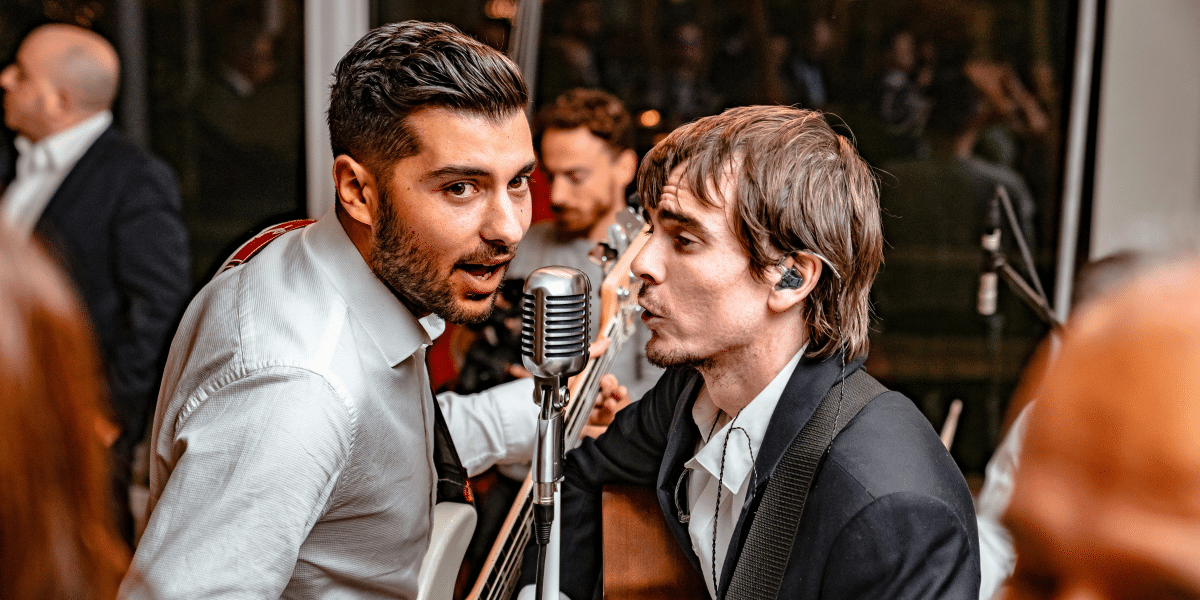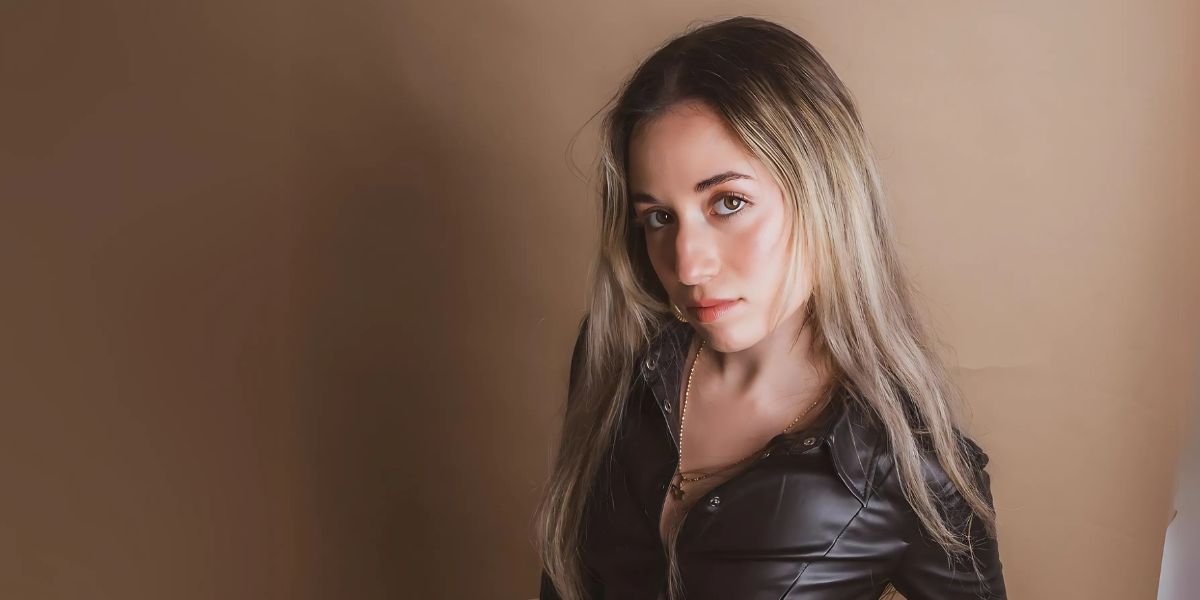Conceptual indoor photography offers endless opportunities for creativity and storytelling. Whether you’re a professional photographer or an amateur enthusiast, setting up a successful conceptual indoor shoot requires careful planning, attention to detail, and a dash of imagination. In this article, we’ll explore some practical tips and techniques for setting up your indoor shoot and bringing your creative vision to life.
1. Choose the Right Location
The first step in setting up a conceptual indoor shoot is choosing the right location. Consider the theme and concept of your shoot and look for a setting that complements and enhances your vision. Whether it’s a cozy living room, a stylish studio, or a rustic attic, the location should provide the backdrop and atmosphere you need to tell your story effectively.
2. Plan Your Concept
Before diving into the shoot, take the time to plan out your concept and vision. Think about the mood, tone, and message you want to convey through your images. Create a mood board or inspiration board to gather ideas, themes, colors, and visual references that align with your concept. This will serve as a roadmap for the shoot and help you stay focused and organized throughout the process.
3. Gather Props and Accessories
Props and accessories play a crucial role in setting the scene and adding depth and context to your images. Consider the elements you need to bring your concept to life, such as furniture, decor, clothing, or thematic objects. Scour thrift stores, flea markets, or your own home for unique and interesting props that fit your concept and add visual interest to your compositions.
4. Set Up Your Lighting
Lighting is key to creating mood, atmosphere, and depth in indoor photography. Experiment with different lighting setups, such as natural light, artificial light, or a combination of both, to achieve the desired look and feel for your images. Consider factors such as intensity, direction, and color temperature to create the right ambiance and highlight key elements in your compositions.
5. Consider Composition and Framing
Composition plays a crucial role in conveying your concept and guiding the viewer’s eye through your images. Experiment with different angles, perspectives, and framing techniques to create dynamic and visually engaging compositions. Consider factors such as symmetry, balance, leading lines, and negative space to create visual interest and draw attention to your subject.
6. Direct Your Models
If your shoot involves models or subjects, provide clear direction and guidance to help them convey the desired mood and emotions. Communicate openly with your models about the concept, theme, and narrative of the shoot, and encourage them to express themselves authentically. Experiment with different poses, gestures, and expressions to capture the right moment and emotion.
7. Pay Attention to Detail
In conceptual indoor photography, the devil is in the details, so pay close attention to every aspect of your scene. Take the time to arrange props, adjust lighting, and fine-tune compositions to ensure that every element contributes to the overall narrative and aesthetic. Don’t be afraid to experiment with different arrangements and configurations until you achieve the perfect balance and harmony in your images.
8. Experiment with Techniques
Conceptual indoor photography offers plenty of opportunities to experiment with different techniques and effects. Try incorporating techniques such as long exposure, multiple exposures, or creative post-processing to add visual interest and depth to your images. Don’t be afraid to push the boundaries and try new things to create truly unique and captivating photos.
9. Stay Flexible and Adapt
Flexibility is key to a successful indoor shoot, as unexpected challenges and opportunities can arise at any moment. Be prepared to adapt and improvise as needed, whether it’s adjusting lighting, rearranging props, or changing compositions on the fly. Stay open-minded and flexible, and embrace the creative process as it unfolds.
10. Review and Refine
After the shoot, take the time to review your images and identify areas for improvement. Look for strengths and weaknesses in your compositions, lighting, and storytelling, and use this feedback to refine your approach for future shoots. Don’t be afraid to seek feedback from others, whether it’s fellow photographers, friends, or clients, to gain new insights and perspectives.
Pushing Boundaries with Conceptual Settings
Setting up a successful conceptual indoor shoot requires careful planning, creativity, and attention to detail. By choosing the right location, planning your concept, gathering props and accessories, setting up your lighting, and directing your models effectively, you can bring your creative vision to life and capture stunning images that tell a compelling story. With practice, experimentation, and a willingness to push the boundaries of your creativity, you can master the art of conceptual indoor photography and create images that leave a lasting impression on viewers.










